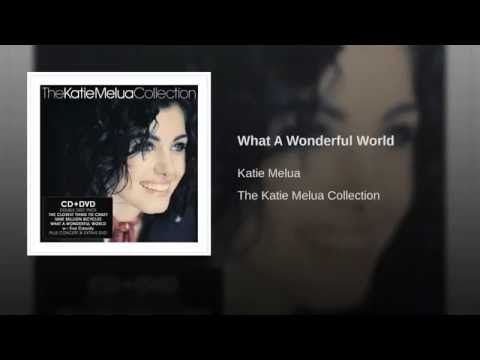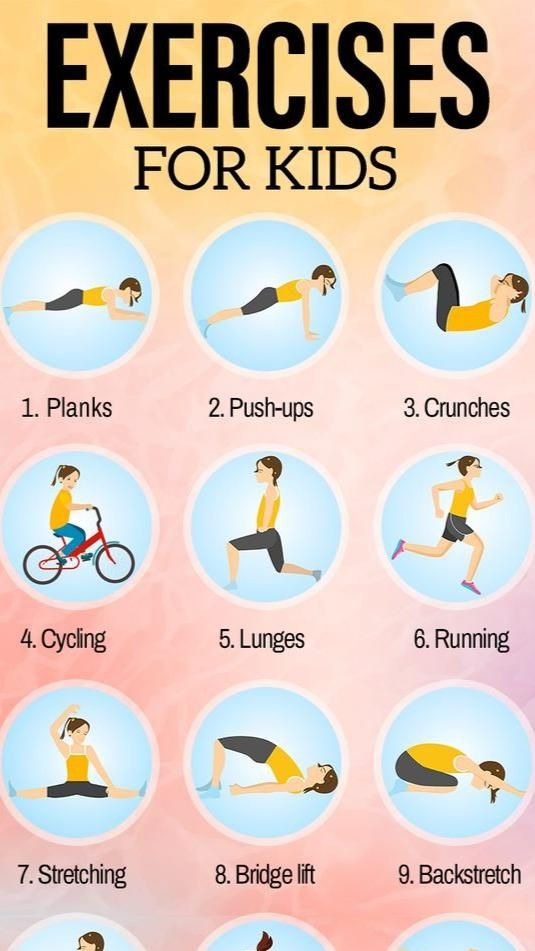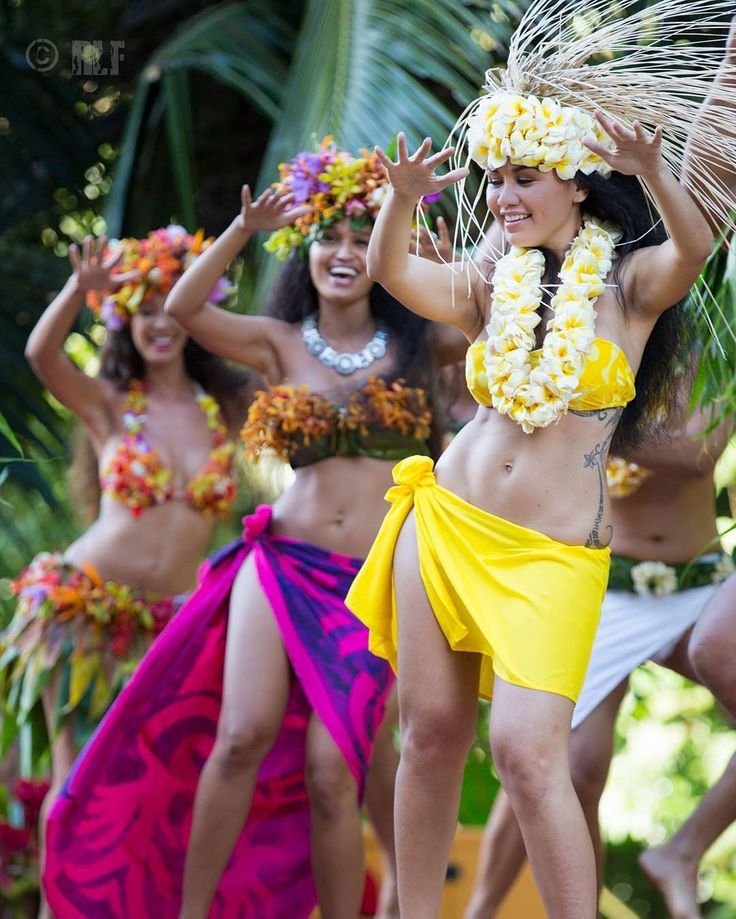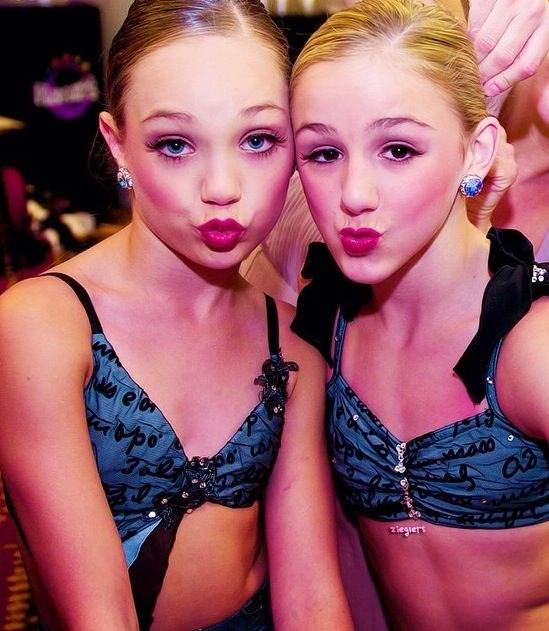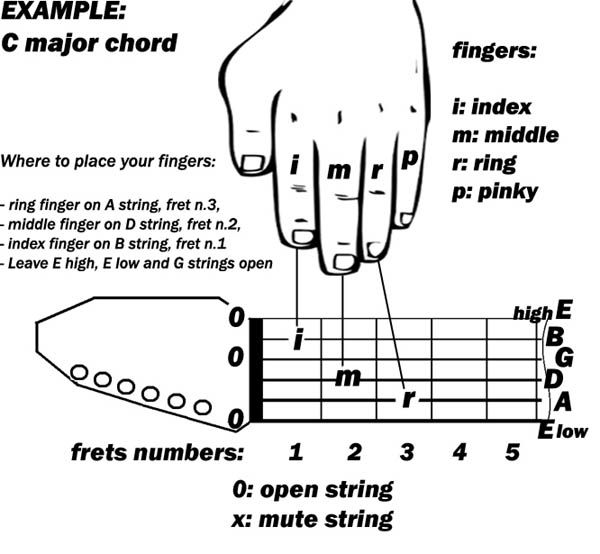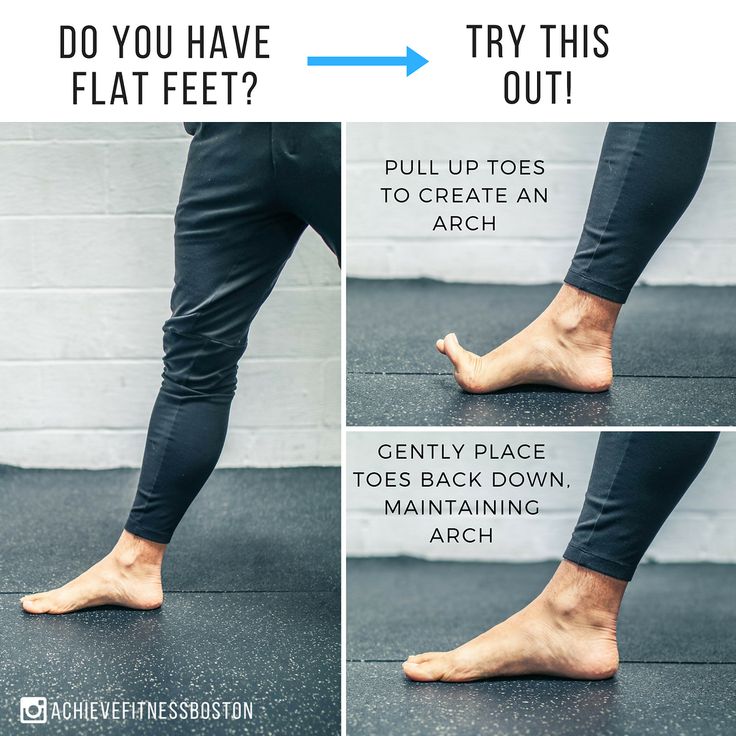How to dance candombe
The Candombe Dance and “The Escobero”
(Haz clic aquí para español.)
Candombe is an Afro-Uruguayan dance that combines different cultures from Africa and Uruguay. The dance originated from the time of slavery, in the 18th century. Ships full of slaves arrived at the port of Montevideo to be sold to the highest bidder. Their health conditions were so precarious that only less than 50% of Africans survived the trip.
The roots were in their blood. They wanted their rituals to be kept alive, so they passed them on to their children, but it was not enough and the original dance was lost over time. They danced when their masters gave them the day off, at Christmas, Three Kings Day or Baltasar Day. The choreography is a demonstration against the mistreatment of slaves.
This choreography has three main characters:
Gramillero: He is the king of the nation, the traditional healer represented.
Mamá Vieja: She is the depiction of the female ancestral figure, the queen of the nation and a manifestation of goodness.
Escobero: He is the healer. Through the art of juggling (he manipulates a broom) he sweeps away all the evil spirits and cleanses bad energy.
The entire dance is performed amid African songs, ancient drums, and representative African dresses. Slaves disguised themselves as masters and imitated them almost perfectly. Their parties lasted all night.
Candombe suffered from changes over time. The original dance was lost, because it was not transmitted in its entirety. The initial movements died when the last African slaves disappeared. But many people have rescued excerpts from the original and today it is danced in troupes, at festivities, and in events in theaters. Candombe was declared a World Cultural Heritage Site by UNESCO.
Here is a video of Escobero’s dance:
The Escobero is a great find for the history of juggling. It is a discovery that makes us see that juggling in the time of slavery was manifested. Although those who danced The Escobero say that it is more about culture and not actually aesthetics of juggling.
El Candombe es una danza afro-uruguaya que combina diferentes culturas de África y Uruguay. El baile se originó desde la época de la esclavitud, en el siglo XVIII. Llegaron al puerto de Montevideo barcos llenos de esclavos para ser vendidos al mejor postor. Sus condiciones de salubridad eran tan precarias que solo llegaron vivos menos del 50% de los africanos.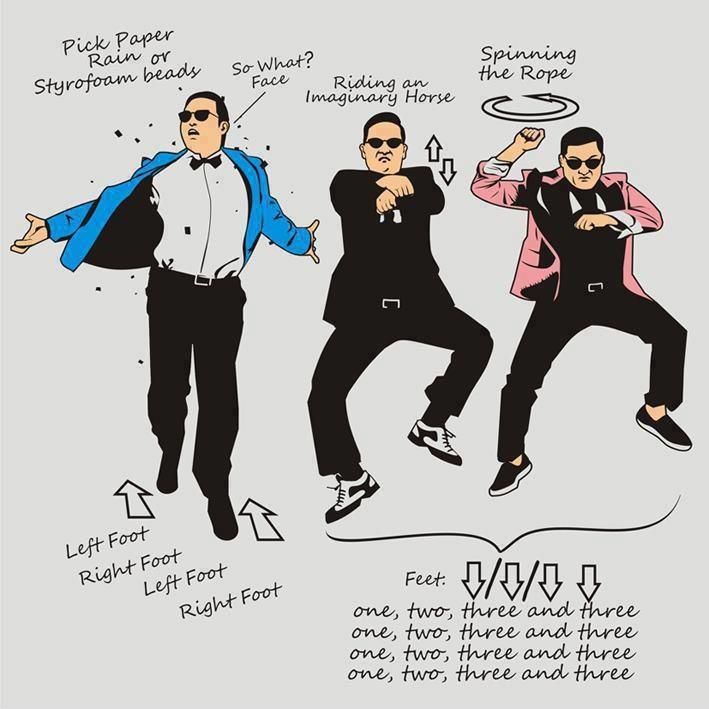
En su sangre estaban sus raíces. Querían que sus rituales se mantuvieran vivos, así que los trasmitieron a sus hijos, pero no fue suficiente; el baile original se fue perdiendo al pasar el tiempo. Bailaban cuando sus amos les daban el día libre, en Navidad, Día de Reyes o Día de Baltasar. La coreografía es una manifestación en contra de los malos tratos a los esclavos.
Esta coreografía tiene tres personajes principales:
Gramillero: Es el rey de la nación, el curandero tradicional en la representación.
Mamá vieja: Es la representación de la figura ancestral femenina. Manifestación de la bondad y es la reina de la nación.
Escobero: Es el sanador. Mediante el arte del malabarismo (manipula una escoba) barre todos los espíritus malos. Hace una limpieza de las malas energías.
Toda la danza se lleva a cabo en medio de cantos africanos, tambores ancestrales y vestidos representativos de África. Los esclavos se disfrazaban de amos y los imitaban casi a la perfección. La fiesta duraba toda la noche.
Los esclavos se disfrazaban de amos y los imitaban casi a la perfección. La fiesta duraba toda la noche.
Candombe sufrió de cambios debido al tiempo. El baile original se perdió, porque no fue trasmitido en su totalidad. Los movimientos iniciales murieron cuando el último esclavo africano desapareció. Muchas personas han rescatado extractos del original. En la actualidad, se baila en comparsas, festividades, en eventos en teatros. Candombe fue declarado patrimonio cultural de la humanidad por la UNESCO.
Aquí un vídeo del baile de Escobero:
El Escobero es un gran hallazgo para la historia del malabarismo. Es un descubrimiento que nos hace ver que el malabarismo en la época de la esclavitud se manifestó. Aunque los que lo practican dicen que es cultura y no estética del malabarismo.
Es un descubrimiento que nos hace ver que el malabarismo en la época de la esclavitud se manifestó. Aunque los que lo practican dicen que es cultura y no estética del malabarismo.
Esteban Velez
Soy un malabarista deportivo. Tengo la maravillosa oportunidad de escribir para eJuggle. Me gusta la historia, la historia militar, la filosofía, la poesía, las historias raras, y las historias de terror y de horror.
candombe | Uruguayan dance | Britannica
In Uruguay: The arts
The candombe is a folk dance performed at Carnival mainly by Uruguayans of African ancestry. The guitar is the preferred musical instrument; and, in a popular contest called the payada, two singers, each with a guitar, take turns improvising verses to the same tune. Numerous radio…
Read More
","url":"Introduction","wordCount":0,"sequence":1},"imarsData":{"HAS_REVERTED_TIMELINE":"false","INFINITE_SCROLL":""},"npsAdditionalContents":{},"templateHandler":{"name":"INDEX"},"paginationInfo":{"previousPage":null,"nextPage":null,"totalPages":1},"uaTemplate":"INDEX","infiniteScrollList":[{"p":1,"t":849318}],"familyPanel":{"topicInfo":{"id":849318,"title":"candombe","url":"https://www. britannica.com/art/candombe","description":"Uruguay: The arts: The candombe is a folk dance performed at Carnival mainly by Uruguayans of African ancestry. The guitar is the preferred musical instrument; and, in a popular contest called the payada, two singers, each with a guitar, take turns improvising verses to the same tune. Numerous radio…","type":"TOPIC","titleText":"candombe","metaDescription":"Other articles where candombe is discussed: Uruguay: The arts: The candombe is a folk dance performed at Carnival mainly by Uruguayans of African ancestry. The guitar is the preferred musical instrument; and, in a popular contest called the payada, two singers, each with a guitar, take turns improvising verses to the same tune. Numerous radio…","identifierHtml":"Uruguayan dance","identifierText":"Uruguayan dance","topicClass":"art","topicKey":"candombe","articleContentType":"INDEX","ppTecType":"CONCEPT","gaTemplate":"INDEX","topicType":"INDEX","relativeUrl":"/art/candombe","assemblyLinkPrefix":"/media/1/849318/"},"topicLink":{"title":"candombe","url":"https://www.
britannica.com/art/candombe","description":"Uruguay: The arts: The candombe is a folk dance performed at Carnival mainly by Uruguayans of African ancestry. The guitar is the preferred musical instrument; and, in a popular contest called the payada, two singers, each with a guitar, take turns improvising verses to the same tune. Numerous radio…","type":"TOPIC","titleText":"candombe","metaDescription":"Other articles where candombe is discussed: Uruguay: The arts: The candombe is a folk dance performed at Carnival mainly by Uruguayans of African ancestry. The guitar is the preferred musical instrument; and, in a popular contest called the payada, two singers, each with a guitar, take turns improvising verses to the same tune. Numerous radio…","identifierHtml":"Uruguayan dance","identifierText":"Uruguayan dance","topicClass":"art","topicKey":"candombe","articleContentType":"INDEX","ppTecType":"CONCEPT","gaTemplate":"INDEX","topicType":"INDEX","relativeUrl":"/art/candombe","assemblyLinkPrefix":"/media/1/849318/"},"topicLink":{"title":"candombe","url":"https://www. britannica.com/art/candombe"},"tocPanel":{"title":"Directory","itemTitle":"References","toc":null},"groups":[]},"byline":{"contributors":null,"allContributorsUrl":null,"lastModificationDate":null,"contentHistoryUrl":null,"warningMessage":null,"warningDescription":null,"contributorNames":"NULL"},"citationInfo":{"contributors":null,"title":"candombe","lastModification":null,"url":"https://www.britannica.com/art/candombe"},"websites":null,"freeTopicReason":"TOPIC_IS_INDEX_PAGE","topicCollectionLinks":[],"articleSchemaMarkup":{"browserTitle":null,"imageUrl":null,"authors":null,"keywords":"candombe","wordcount":0,"url":"https://www.britannica.com/art/candombe","creationDate":null,"modificationDate":null,"description":"Other articles where candombe is discussed: Uruguay: The arts: The candombe is a folk dance performed at Carnival mainly by Uruguayans of African ancestry. The guitar is the preferred musical instrument; and, in a popular contest called the payada, two singers, each with a guitar, take turns improvising verses to the same tune.
britannica.com/art/candombe"},"tocPanel":{"title":"Directory","itemTitle":"References","toc":null},"groups":[]},"byline":{"contributors":null,"allContributorsUrl":null,"lastModificationDate":null,"contentHistoryUrl":null,"warningMessage":null,"warningDescription":null,"contributorNames":"NULL"},"citationInfo":{"contributors":null,"title":"candombe","lastModification":null,"url":"https://www.britannica.com/art/candombe"},"websites":null,"freeTopicReason":"TOPIC_IS_INDEX_PAGE","topicCollectionLinks":[],"articleSchemaMarkup":{"browserTitle":null,"imageUrl":null,"authors":null,"keywords":"candombe","wordcount":0,"url":"https://www.britannica.com/art/candombe","creationDate":null,"modificationDate":null,"description":"Other articles where candombe is discussed: Uruguay: The arts: The candombe is a folk dance performed at Carnival mainly by Uruguayans of African ancestry. The guitar is the preferred musical instrument; and, in a popular contest called the payada, two singers, each with a guitar, take turns improvising verses to the same tune. Numerous radio…"},"initialLoad":true}
Numerous radio…"},"initialLoad":true}
Tango negro (Black tango): tango_del_dia — LiveJournal
?- Holidays
- Cancel
There are questions about the translation.
Candombe
Letra y musica de Juan Carlos Cáceres
Tango negro, tango negro Más tarde fueron saliendo Borocotó, borocotó borocotó, Tango negro, tango negro Más tarde fueron saliendo borocotó, borocotó chas chas Black tango, black tango Then Tarampam, tarampam, tarampam, Black tango, black tango Then Bebe Siempre me quedará Cómo decir que me parte en mil las esquinitas de mis huesos, que han caído los esquemas de mi vida ahora que todo… One 1943 Music: Mariano Mores Lyrics: Enrique Santos Discepolo Uno Uno busca lleno de esperanzas el camino que los sueńos prometieron a… Photo Genre Year: tango, 2002 Voice: Lila Downs / Lila Downs Music: Elliot Goldenthal Lyrics: Hernán Bravo Varela / Hernán Bravo Varela Translation: Andrey . One 1943 Music: Mariano Mores Lyrics: Enrique Santos Discepolo Uno Uno busca lleno de esperanzas el camino que los sueńos prometieron a… tangomagia Tango as a way to live... Do you dream of tango? But don't know how to take the first step?… Have you never danced before and are afraid that it will be difficult? Doubt about choosing a school - there are dozens of offers on the Internet, but how to identify professionals? Argentine tango is our way of life… 20 years of teaching experience and hundreds of Tangomagic graduates have proved that everyone can learn to dance tango! Get to know us About the school Our school has been in existence for over 18 years. During this time, many students of our school have already become tango teachers, champions and prize-winners, and most importantly, excellent dancers in the milongas. more about the school Where can I find a partner? You don't have a partner to work with and can't find someone to accompany you? You can start exercising without a partner. Both men and women come to the lessons separately. And practice shows that 75% of couples find each other in the classroom. So feel free to sign up! sign up for the first lesson What is the advantage? If you have been dreaming of dancing for a long time and want a quick and confident start. We used to do it, but there are gaps in knowledge or a long break. You have already tried and want to find professional teachers who teach clearly and correctly. Do you want to learn real Argentine tango and dance in milongas in any country in the world? Then you are at the right place! Come to your first tango lesson on a day that suits you. sign up Tango lessons The basis of our group lessons is an individual approach. Everyone gets due attention and feedback. You will not be locked into a basic or intensive course program, where missing one class is so palpable that you "fall out" of the process. After all, all people are different: someone learns faster, someone slower. Some visit more often, some less. Our methodology allows us to support the learning of each student in an acceptable rhythm. You can't leave the group! select group Do you need preparation? Only a natural way to move - tango is a walk, not ballet or acrobatics. With the help of exercises, you will lay a solid foundation from the very beginning! Learn the basic elements and learn how to dance improvisation and how to make the dance interesting with even the simplest movements. I want to know and be able to do all this What will you learn? By studying, you will get a confident technique that will allow you to beautifully perform even the most complex elements and combinations. view summary How is the lesson structured? A session always starts with a warm-up! We warm up the body a little and immediately go to the rhythm: we work out the steps and the most basic elements. In the second part, we do useful exercises for developing interaction in a couple. Then we study new dance elements and analyze in detail the technique of their performance. The lesson lasts 1.5 hours. Warm-up here Dance halls We are located in the very center of Moscow! There are three spacious ballrooms isolated from each other with windows, supply and exhaust ventilation and air conditioning.
TANGO NEGRO
te fuiste sin avisar,
los gringos fueron cambiando
tu manera de bailar.
Tango negro, tango negro,
el amo se fue por mar,
se acabaron los candombes
en el barrio Monserrat.
en comparsas de carnaval
pero el rito se fue perdiendo
al morirse Baltasar;
mandingas, congos y minas
repiten el compás,
los toques de sus abuelos
Borocotó, borocotó chas chas.
borocotó borocotó, borocotó chas chas.
la cosa se puso mal,
no hay más gauchos mazorqueros
y Manuelita que ya no está
Tango negro, tango negro aclamar.
en comparsas de carnaval
pero el rito se fue perdiendo
al morirse Baltasar;
mandingas, congos y minas
repiten el compás
los toques de sus abuelos
Borocotó, borocotó chas chas,
borocotó, borocotó chas chas.
BLACK TANGO
you disappeared without warning,
gringos adopted
this way of dancing.
Black tango, black tango,
the owner went to sea??
and ended with candombe
in the Montserrat quarter.
left as carnival extras,
but the ritual was lost
when Balthazar died ??;
fidgets, strong men and girls
they repeat the rhythm
that their grandparents played.
Tarampam, taram pam pam.
Tarampam, tarampam, tram pam pam.
things went wrong
no more gaucho thugs
and Manuelita no more.
Black tango, black tango
drums no longer sound
kings (magi?) in sorrow
no one greets them.
left as carnival extras,
but the ritual was lost 9 Tango - Uno (Someone)
Hint http://pics.livejournal.com/igrick/pic/000r1edq
Nothing found for request Alcoba azul - Blue bedroom
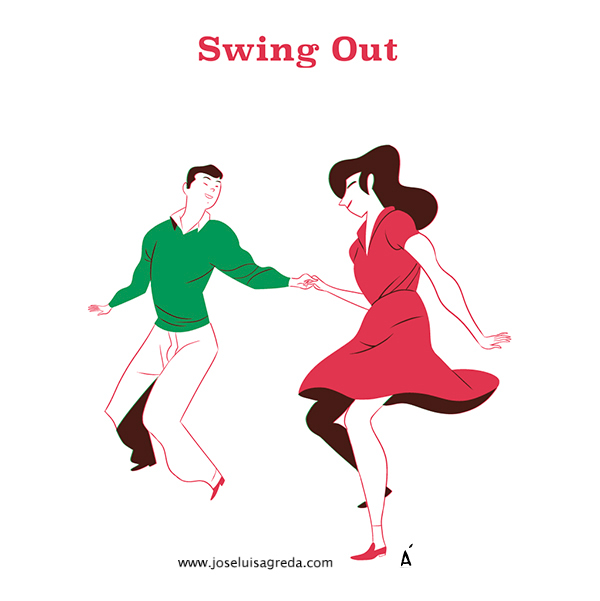 ..
.. Song - Siempre me quedará (Forever with me will remain) de mi vida ahora que todo…
Tango - Uno (Someone)
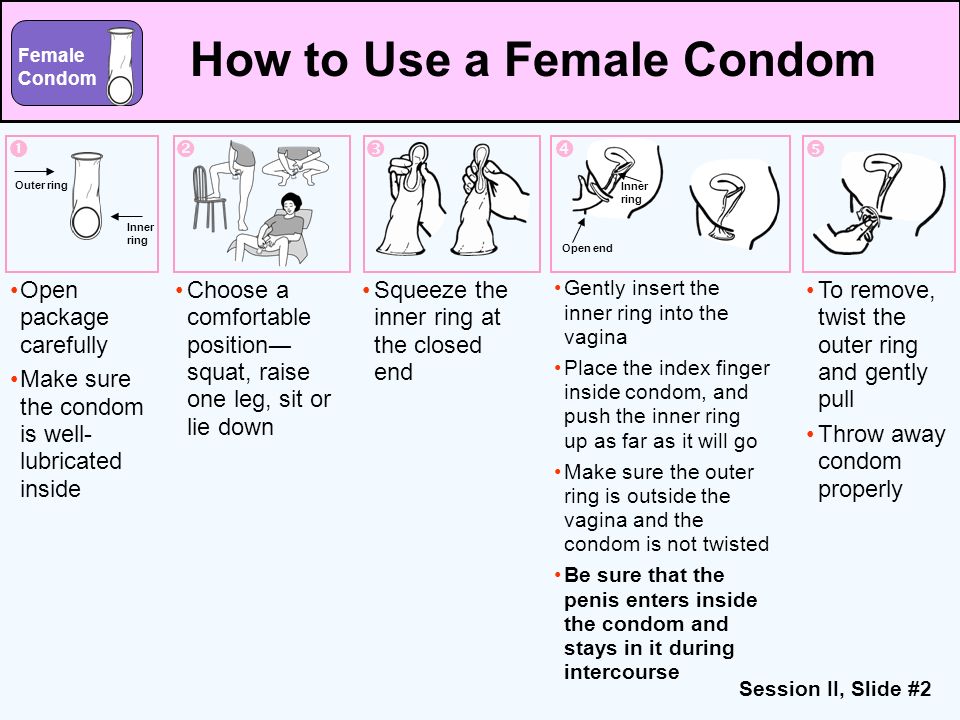 .. Argentine tango is our profession. Tango is not a hobby for us, not a hobby. Tango is our life and work, in which we continue to improve our skills.
.. Argentine tango is our profession. Tango is not a hobby for us, not a hobby. Tango is our life and work, in which we continue to improve our skills. 
 You will understand the "language" of dance: how to be a leader and lead a partner, how to follow, trusting a partner. You will be able to dance in the milongas and expand your social circle. A lot of interesting people from completely different professions come to tango. Every year, Tangomagia "delivers" dozens of successful Argentine tango dancers to the dance floors. Join now!
You will understand the "language" of dance: how to be a leader and lead a partner, how to follow, trusting a partner. You will be able to dance in the milongas and expand your social circle. A lot of interesting people from completely different professions come to tango. Every year, Tangomagia "delivers" dozens of successful Argentine tango dancers to the dance floors. Join now! ![]()
.
